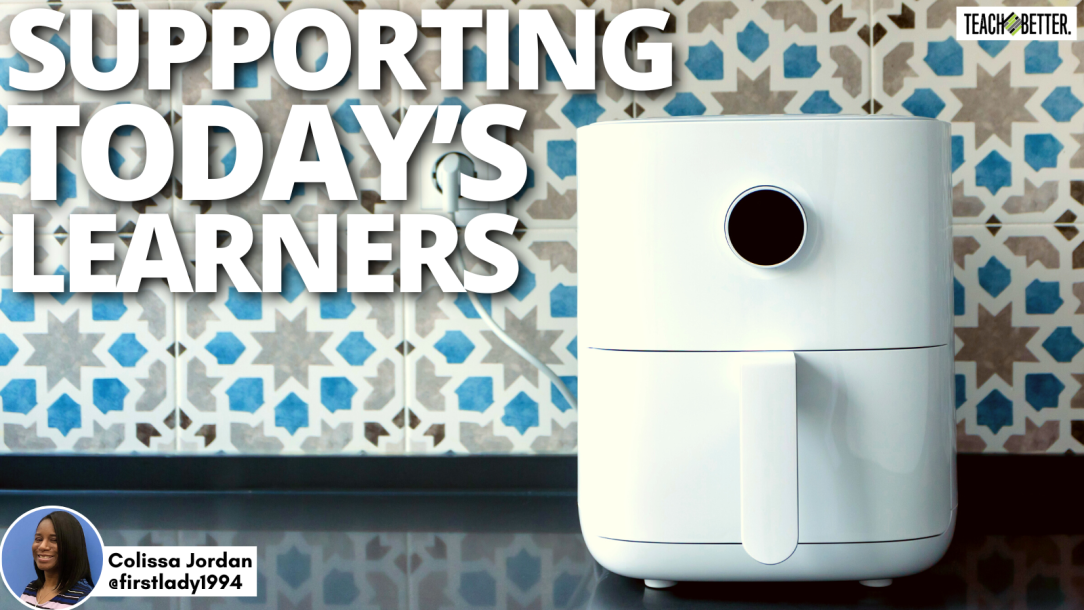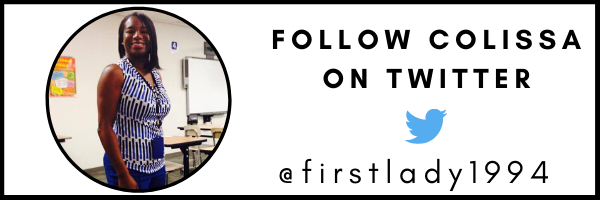TL;DR:
- There is a comparison between cooking appliances and education methods, contrasting microwave learning (traditional) with air fryer learning (constructivist).
- In traditional learning, teachers are the main source of knowledge and focus on student compliance, while constructivist learning emphasizes student engagement, collaboration, and connecting learning to real-life experiences.
- Teachers in today’s classrooms are encouraged to be guides and mentors, creating student-centered environments that promote collaboration, diverse forms of learning demonstration, real-life connections, higher-order thinking, and honoring students’ cultural backgrounds and experiences.
Supporting Today’s Learners: The Microwave and Air Fryer
When I moved into my new home in 2017, my family and friends gathered for a housewarming party. I was presented with gifts for every room of the house. The best gift was given to me by my cousin and her family: an air fryer, top of the line. I had no previous knowledge of this appliance, however, using trial and error, I became the Air Fryer Queen. I thought to myself, “Where have been all of my life?”
When I was growing up, a family owning a microwave was a part of living the American Dream, right up there with having a cordless phone. I remember my family’s first microwave and witnessing the preparation of and reheating of food followed by delicacies such as Hot Pockets, popcorn, and pizza rolls. Instantaneous delicious, usually in five minutes or less.
Now, this device did not come without warnings and misgivings. During the 80s, society was told plastic containers and plastic wraps used in the microwave contained cancer-causing compounds. We were also told that our heated food contained radiation. Be that as it may, since the 1980s, it is rare to enter an American home and not find a microwave.
What’s the Difference?
The air fryer, the microwave’s flashier cousin, offers today’s families a healthy alternative for making fried foods. Food prepared in an air fryer has a lower fat content than deep-fried foods. In fact, air fryers work well because it uses a process to circulate hot air around the food, bringing it to the same fried crispiness as in conventional fried foods.
Students desire teaching and learning that connects to their lived experience, having a voice and a choice in demonstrating mastery of knowledge, and being active partners with teachers in the classroom. Click To TweetThen it hit me!
One day, while preparing dinner in my air fryer, I was reminded of education today and the idea of how we teach and expect students to learn is similar to using an air fryer versus a microwave. Families in the past generations utilized microwaves as a matter of convenience. In a short amount of time, families who were bogged down with the busyness of life relied on the microwave as almost a replacement for conventional appliances (such as the stove). Today, families are relying on air fryers to provide healthier food options as well as convenience in meal prep.
When I compared these two appliances to how we teach students and expect them to learn, I was reminded of traditional and constructivist learning. Microwave learning is the traditional way of obtaining and demonstrating knowledge where the teacher is the transmitter of knowledge. Air fryer learning is constructivist, where students are seen as active stakeholders in the process of learning and the teacher is a facilitator of learning.
Microwave Learning (Traditional)
This method of teaching and learning is teacher-centrist. The teachers are the main source of knowledge and serve more as instructors. Teachers who use this approach desire more student compliance than student engagement. Entering this type of classroom, one would not see collaboration and group learning among students.
Instead, the primary mode of teaching and learning is the teacher giving a lecture with the expectation that students retain and regurgitate learning. Another significant aspect of traditional learning, teachers focus more on students gaining knowledge to pass an exam or assessment.
Air Fryer Learning (Constructivist)
Today’s classrooms are transforming. Students are no longer pacified with being passive learners. Instead, students desire teaching and learning that connects to their lived experience, having a voice and a choice in demonstrating mastery of knowledge, and being active partners with teachers in the classroom.
Instead of memorization and recitation, today’s students find it more meaningful to be fully interactive in the classroom. With this approach, students are afforded opportunities to socially and individually connect with learning and make meaning of new knowledge.
[scroll down to keep reading]Supporting Today’s Learners
Teachers today are tasked with being more of a guide or mentor in the learning process. While instructing, teachers create a classroom environment where:
- Students are interacting collaboratively and what is being taught is fully student-centered.
- Multiple ways for students to demonstrate learning are available and encouraged with student input.
- The teacher has embedded real-life connections to students’ cultures and life experiences.
- Teachers also provide lessons and activities that align with higher-order applications and creative thinking.
- Students are able to voice and present through their cultural lens in ways that value and honor their lived experiences and backgrounds.
About Colissa R. Jordan
Colissa R. Jordan is in her 20th year as an English Language Arts Educator. Currently, she teaches ELA 11th and 12th at Great Oaks Career Campuses in Cincinnati, Ohio. She is a former Adjunct at the University of Cincinnati. She has a Masters of Education in Curriculum and Instruction and enjoys sharing best practices with other educators. Teaching and learning is her passion. She is dedicated to teaching and empowering her students with the skills to be exceptional individuals!




